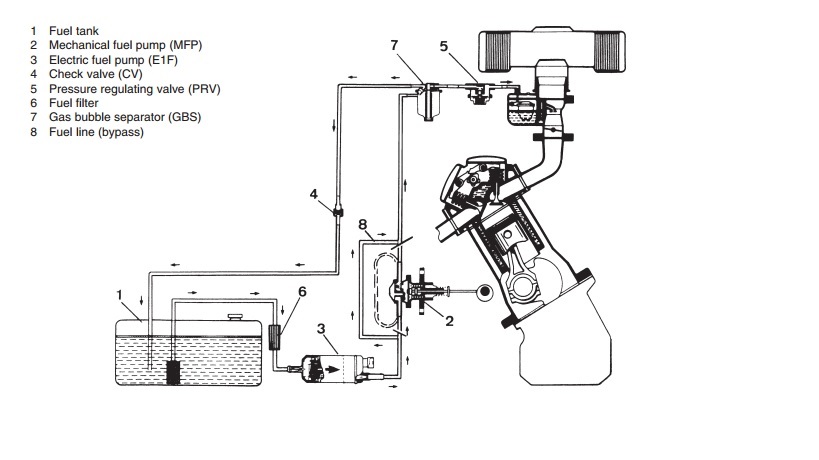Like Mike said:What is wrong with a single inline electric pump? I have a VDO pump in my tank that feeds my carburetor directly.
That is the setup on my 2002 with single 38 weber manual choke: Pierburg pump inline above gas tank near rear firewall direct wired to ignition. Been working flawlessly for 8 years.
Can sit for months during winter storage: get in, turn key, (you hear the pump running) pump pedal once, and it starts instantly.
Maybe auto chokes are different?

